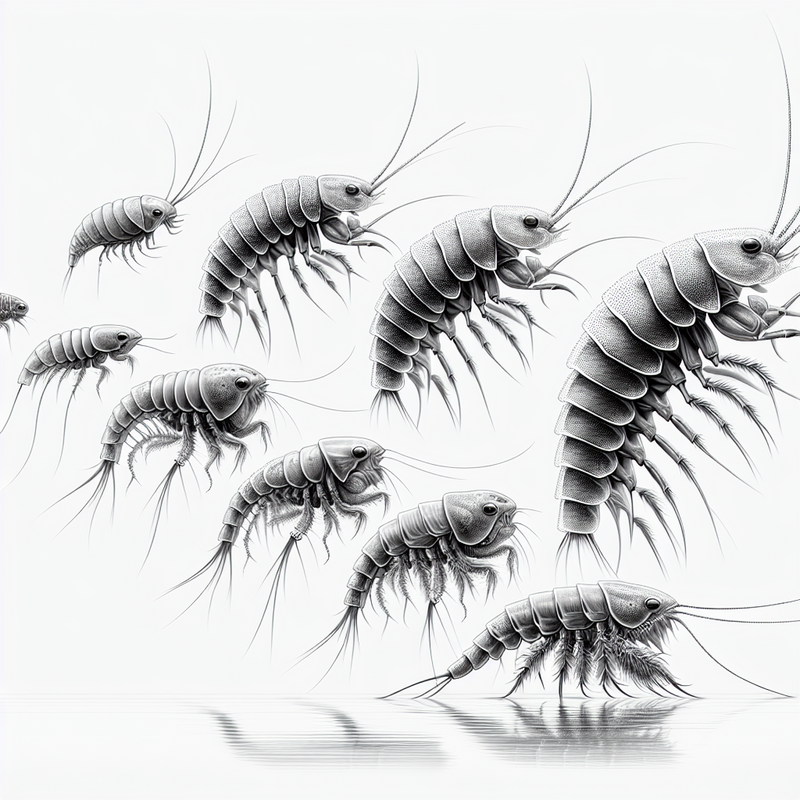A pioneering exploration by a team of researchers, including experts from Arizona State University and counterparts from several other academic entities, has uncovered the astonishingly quick evolutionary changes in a type of zooplankton known as Daphnia pulex or the water flea.
Despite their minuscule size, these creatures are extremely valuable to scientific inquiry because of their non-sexual reproduction mode, critical function in freshwater habitats, and as an exemplar for evolutionary research.
The genetic make-up of this minuscule water dweller, whose genome was fully decoded in 2011, features a gene count surpassing that of humans, which has been pivotal for biologists to decode evolutionary functions, tracing variations in characteristics such as immune responses and growth rates.
Redefining the Concepts of Natural Selection
Collaborative research involving Arizona State University, Central China Normal University, and the University of Notre Dame examined close to a thousand D. pulex specimens. As documented in an issue of the esteemed Proceedings of the National Academy of Sciences (PNAS), the study unveiled notable year-over-year changes in the gene variants within the population, contradicting the assumption that stable conditions would yield little genetic change. These alterations indicate that the water flea’s adaptability could be bolstered by this genetic diversity.
Arizona State University’s Michael Lynch, the study’s principal investigator, underscored the impact of their findings, stating, “We now have an unprecedented view of the gene frequency shifts that can happen even without changes in the environment.” This dynamic of genetic variation, spread throughout the genome, challenges established beliefs about how species adapt and survive.
Furthermore, the study noted that genes on adjacent chromosomes seemed to evolve collectively, suggesting that advantageous combinations of gene variants could be inherited together, thereby facilitating quicker adaptation amidst changing climates. The research offers fundamental insights for the age of global warming by shedding light on how species can adapt in nature and supporting strategies to strengthen the resilience of ecosystems.
The implications of this research are crucial in light of climate adaptation issues, guiding scientists on how to enhance the survival of vulnerable species and ecosystems. It illustrates the nuanced and constant evolution that occurs independent of overt environmental stimuli, expanding on historical notions of natural selection. As such, the tiny Daphnia pulex continues to unlock vast knowledge in evolutionary science, informing how we preserve biodiversity and ecosystem health.




